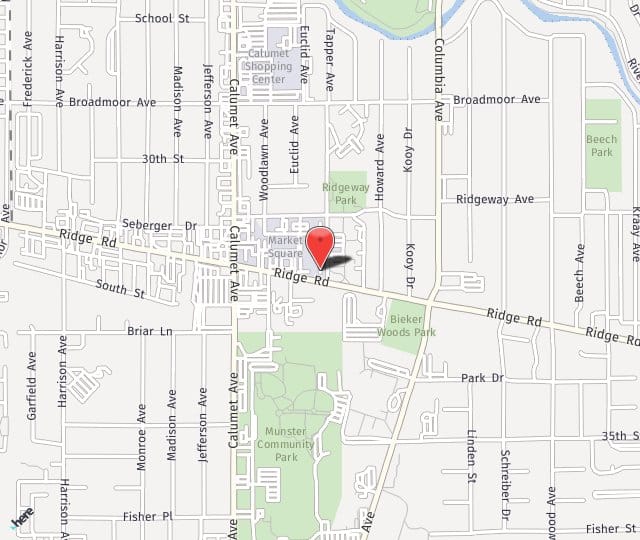What is Deep Vein Thrombosis (DVT)?
Did you know that a clot in the deep vein system is known as Deep Vein Thrombosis, or DVT for short? DVTs typically happen in the lower extremities, but they can also occur in other parts of the body. To give you a little more background, the venous system in our lower extremities is divided into two parts: the superficial veins (which include the great and small saphenous veins and their accessory tributaries) and the deep venous system (which includes the femoral and popliteal veins). These two systems are connected by intermediate veins called perforators.
It’s important to note that DVT can be quite serious as it can lead to partial or complete blockage of circulation, which can cause significant health problems. Nearly 2 million Americans are affected by DVT each year. If you ever have any concerns or questions about DVT, don’t hesitate to reach out to a medical professional for advice.
What are the symptoms of DVT?
Sometimes there are no warning signs or symptoms of DVT. Up to 50% of people with DVT don’t experience any symptoms at all! These types of DVTs are often called “silent” DVTs, and while they may resolve on their own without any treatment, they can also lead to serious complications like a Pulmonary Embolism (PE).
A Pulmonary Embolism is a very dangerous condition because it can damage the lungs and other organs and is even life-threatening. That’s why it’s so important to be aware of the risk factors for DVT and to seek medical attention if you ever have any concerns or questions.
What are the warning signs of DVT?
Contact your doctor if you experience any of the following in your lower legs:
- Pain or tenderness
- Redness
- Swelling
- Warmth
What are the risk factors of DVT?
Risk factors for DVT include:
- Active Cancer
- Advanced Age (Over 60)
- Cancer and chemotherapy
- Congestive Heart Failure
- Heredity – Personal or Family History of DVT
- Hormone Replacement Therapy
- Sedentary Lifestyle
- Long Plane Rides or Car Trips (Usually longer than four hours)
- Obesity
- Oral Contraceptives and Birth Control
- Pregnancy and the Postpartum Period
- Prolonged Bed Rest or Immobility
- Recent Surgery or Injury
- Smoking
DVT Treatment Overview
If your healthcare provider suspects that you may have Deep Vein Thrombosis (DVT), they may order additional lab work and imaging tests to get a better picture of what’s going on in your body. One common imaging test that they might order is Duplex ultrasonography, which can help visualize and diagnose DVT.
Different treatment options may be recommended depending on the results of these tests. For example, if you have superficial thrombophlebitis, they may prescribe anti-inflammatory medications like NSAIDs and compression stockings to help relieve your symptoms.
However, if you have an Acute DVT or if a Superficial Venous Thrombosis (SVT) is showing evidence of encroaching on the deep venous system, you may be prescribed anticoagulation medication (blood thinners) to help prevent the clot from getting bigger and to reduce your risk of complications like a Pulmonary Embolism (PE).
Remember, every case is different, so it’s important to work closely with your doctor to develop a treatment plan tailored to your individual needs. They can answer any questions you may have and help guide you through the process.
Region Vein Treatment Approach
At Region Vein, we understand just how serious and disruptive Deep Vein Thrombosis (DVT) can be for both our patients and their families. That’s why we’re committed to providing the best possible care and treatment options for each and every one of our patients.
It’s important to note that underlying venous disease can often play a significant role in the development of DVT. That’s why we take a collaborative approach to patient care, working closely with your referring physician to determine the best possible treatment plan for you.
Our team of experienced medical professionals will take the time to fully evaluate your condition. We work with you to develop a treatment plan that is tailored to your individual needs. We’ll answer any questions you may have along the way and be there to support you every step of the way.
If you’re struggling with DVT, know that you’re not alone. At Region Vein, we’re here to help and committed to providing you with the highest quality care possible.

How much do you know about Deep Vein Thrombosis?
Here’s some important information that you might not know about Deep Vein Thrombosis (DVT):
- Nearly 2 million Americans are affected by DVT each year. That’s a lot of people!
- Unfortunately, up to 600,000 of those individuals end up being hospitalized.
- Approximately 100,000 people die each year from DVT/PE.
The good news is that there are steps you can take to protect yourself from DVT. The first step is to educate yourself about the condition and the risk factors that can increase your chances of developing it.
To help prevent DVT it’s important to stay active and hydrated while avoiding prolonged periods of sitting or standing. You can also talk to your healthcare provider about other preventive measures, such as wearing compression stockings or taking blood thinners.
Remember, knowledge is power! Understanding the facts about DVT and taking steps to protect yourself can help reduce your risk of developing this potentially dangerous condition.


